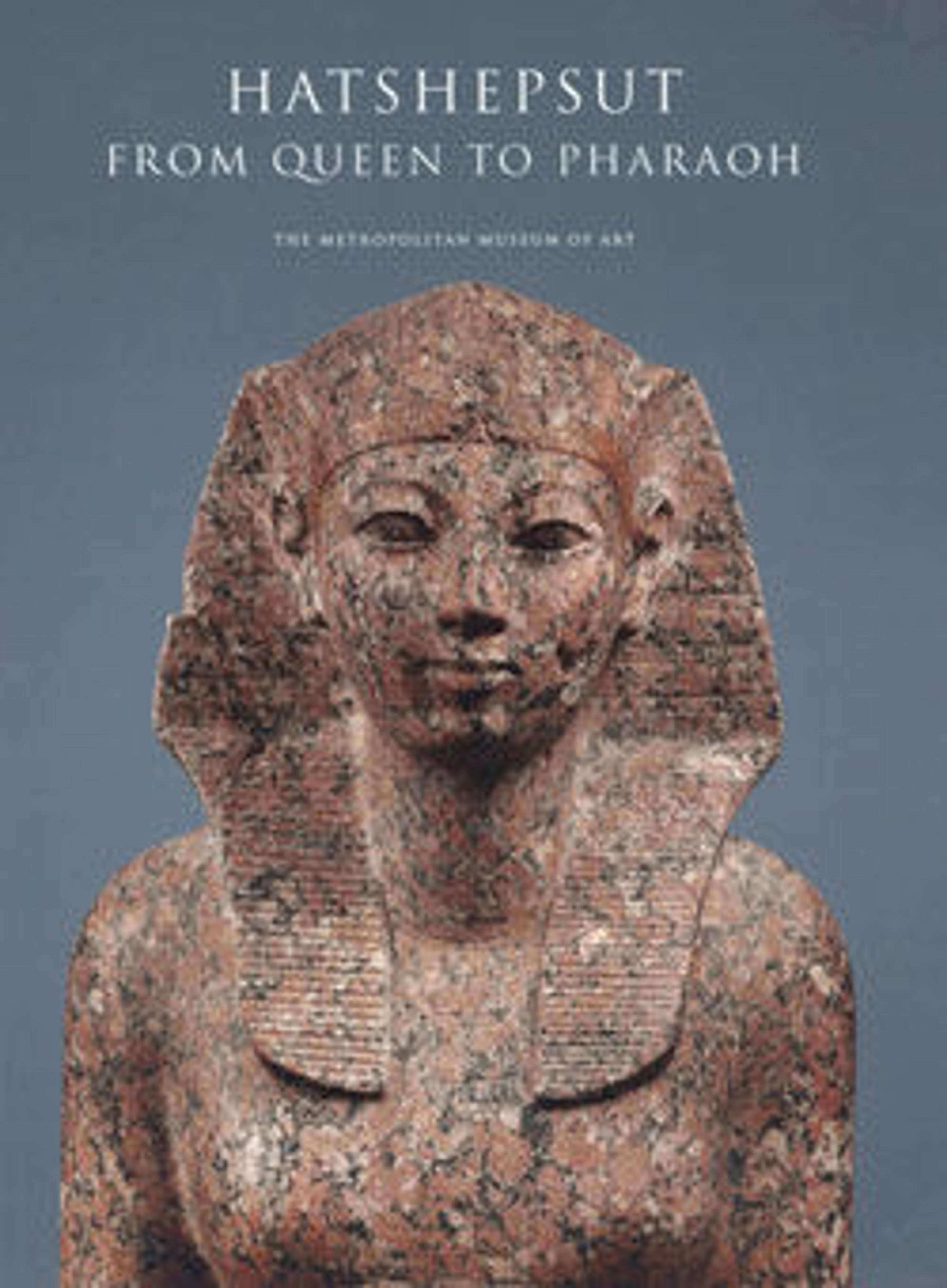Artist's Painting of a Hippopotamus
The hippopotamus on this ostracon was painted with the sure hand of a skilled artist who had no need of a grid. Other ostraca in the collection were clearly made as templates to be used when transferring an image to the wall of a tomb or a temple (see 36.3.252, 23.3.4), or as practice pieces (14.6.191, 30.8.234, 31.4.2). The purpose for this sketch and others (23.3.7, 23.3.33, 26.7.143) is less clear.
Broadly speaking, the Egyptians viewed the world in terms of the opposing forces of order and chaos, and they recognized these forces in the creatures around them. In its benign aspect, the hippopotamus, standing upright, was used to represent the goddess Taweret (26.7.1193), the protector of children and pregnant women. But the hippo could also be a dangerous, destructive beast, and the Egyptians had great respect for its power. In its destructive aspect, the hippo was a stand-in for Seth, the god of chaos, and scenes of the king, or the god Horus, or even a deceased tomb owner harpooning a hippopotamus can be read as depictions of the triumph of order over chaos. In this small painting, however, the animal is not shown in an aggressive pose. In this case the image may simply be what meets the eye: a representation of a hippopotamus.
Broadly speaking, the Egyptians viewed the world in terms of the opposing forces of order and chaos, and they recognized these forces in the creatures around them. In its benign aspect, the hippopotamus, standing upright, was used to represent the goddess Taweret (26.7.1193), the protector of children and pregnant women. But the hippo could also be a dangerous, destructive beast, and the Egyptians had great respect for its power. In its destructive aspect, the hippo was a stand-in for Seth, the god of chaos, and scenes of the king, or the god Horus, or even a deceased tomb owner harpooning a hippopotamus can be read as depictions of the triumph of order over chaos. In this small painting, however, the animal is not shown in an aggressive pose. In this case the image may simply be what meets the eye: a representation of a hippopotamus.
Artwork Details
- Title:Artist's Painting of a Hippopotamus
- Period:New Kingdom
- Dynasty:Dynasty 18
- Reign:Joint reign of Hatshepsut and Thutmose III
- Date:ca. 1479–1425 B.C.
- Geography:From Egypt, Upper Egypt, Thebes, Deir el-Bahri, Hatshepsut Hole, MMA excavations, 1922–23
- Medium:Limestone, paint
- Dimensions:H. 10.8 cm (4 1/4 in); W. 12 cm (4 3/4 in); Th. 1.7 cm (11/16 in)
- Credit Line:Rogers Fund, 1923
- Object Number:23.3.6
- Curatorial Department: Egyptian Art
Audio
1115. Artist's Painting of a Hippopotamus
0:00
0:00
We're sorry, the transcript for this audio track is not available at this time. Please email info@metmuseum.org to request a transcript for this track.
More Artwork
Research Resources
The Met provides unparalleled resources for research and welcomes an international community of students and scholars. The Met's Open Access API is where creators and researchers can connect to the The Met collection. Open Access data and public domain images are available for unrestricted commercial and noncommercial use without permission or fee.
To request images under copyright and other restrictions, please use this Image Request form.
Feedback
We continue to research and examine historical and cultural context for objects in The Met collection. If you have comments or questions about this object record, please contact us using the form below. The Museum looks forward to receiving your comments.
